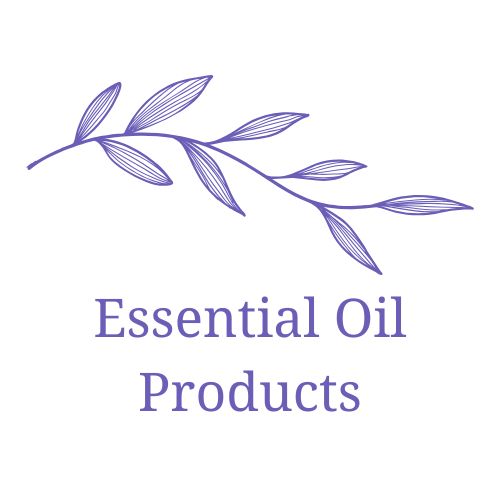Your cart is currently empty!
Exploring Distillation Techniques in Essential Oil Production
Exploring Distillation Techniques in Essential Oil Production
The production of essential oils is a delicate art rooted in science, requiring a precise understanding of various distillation techniques. Essential oil distillation not only pertains to the quality of the oil produced but also to the efficiency of different extraction methods employed. In this article, we will delve into the leading distillation techniques used in essential oil extraction, focusing on steam distillation, cold pressing, and the innovations shaping the industry’s future.
Essential Oil Distillation: An Overview
At its core, essential oil distillation is the process of extracting volatile compounds from plant materials. These compounds are what give essential oils their characteristic scents and therapeutic properties. The most common methods of extracting essential oils include steam distillation, cold pressing, and solvent extraction. Each method has its unique set of advantages and disadvantages, influencing the quality, aroma, and application of the final product.
Steam Distillation: The Gold Standard
Steam distillation is arguably the most widely used method for essential oil extraction, particularly for sensitive plant materials that may be altered by heat. In this process, steam is introduced into a distillation chamber containing the plant material. As the steam passes through the plant, it vaporizes the volatile compounds. These vapors then travel through a condenser, where they cool and revert to liquid form, separating the essential oil from the water.
This technique is prized for its efficiency and efficacy. Not only does it typically yield a high quantity of essential oil, but it also preserves the chemical integrity of heat-sensitive compounds. Moreover, steam distillation minimizes the solubility of the essential oil in water, allowing for easier separation. However, the efficiency of this method can vary based on the type of plant material, with leaves and flowers generally yielding better results than wood or bark.
Cold Pressing: A Gentle Approach
Cold pressing, predominantly used for citrus fruits, represents another essential oil extraction technique. During this process, the outer rind of the fruit is mechanically pressed to release the essential oils contained in the peel. This method preserves the fresh scent and flavor of the fruit, making it ideal for applications where the natural fragrance is key.
While cold pressing ensures the retention of volatile compounds, it has its limitations. The extraction efficiency is lower compared to steam distillation, which may lead to higher production costs. Furthermore, cold-pressed oils typically have a shorter shelf life due to the exposure of the oil to oxygen during extraction, making proper handling and packaging essential.
Comparing Extraction Techniques
As essential oil producers strive for higher quality and efficiency, comparisons of extraction techniques have become crucial. Factors to consider in choosing an extraction method include oil yield, quality, cost, and the specific application of the essential oil.
For instance, while steam distillation often yields more oil than cold pressing, cold pressing may be preferable for extracting oils from fruit peels that should remain undamaged by heat. On the other hand, solvent extraction techniques, although not discussed in detail here, can be used to target certain plant materials and may yield a broader range of compounds.
Innovations in Essential Oil Extraction
The field of essential oil extraction continues to evolve, with innovations enhancing traditional techniques and introducing new methods. One such innovation is the use of supercritical carbon dioxide extraction (SCFE), which uses carbon dioxide under high pressure to extract oils without the use of harmful solvents or excessive heat.
This method is gaining popularity due to its ability to produce high-quality oils with a broad spectrum of compounds, while also being environmentally friendly. Additionally, advancements in technology permit greater control over temperature and pressure during extraction, yielding more consistent results and preserving the delicate profiles of essential oils.
Efficiency of Distillation Methods
The efficiency of distillation methods varies significantly based on factors such as the plant species, its moisture content, and the desired quality of the oil. Steam distillation remains favored for its high yield, but producers must balance this with the cost and equipment required for large-scale operations.
Cold pressing, while less efficient in terms of oil yield and more costly, remains unmatched for citrus oils where the scent and flavor must be preserved. Discussions surrounding the efficiency of these methods highlight the trade-offs that must be made and the importance of selecting the right technique based on the plant material and desired oil properties.
As new technologies emerge, they promise to bridge gaps in efficiency and quality, pushing the boundaries of how essential oils are extracted. Producers will need to remain informed about advancements in techniques to ensure they harness the full potential of both traditional and innovative methods.
In summary, understanding the various distillation techniques in essential oil production sheds light on how essential oils are extracted and refined. Each method, whether it be steam distillation or cold pressing, has its strengths and weaknesses that impact the oil’s quality and the efficiency of production. As the industry progresses and adapts, so too will the methods of extraction, presenting exciting possibilities for the future of essential oils.

Leave a Reply